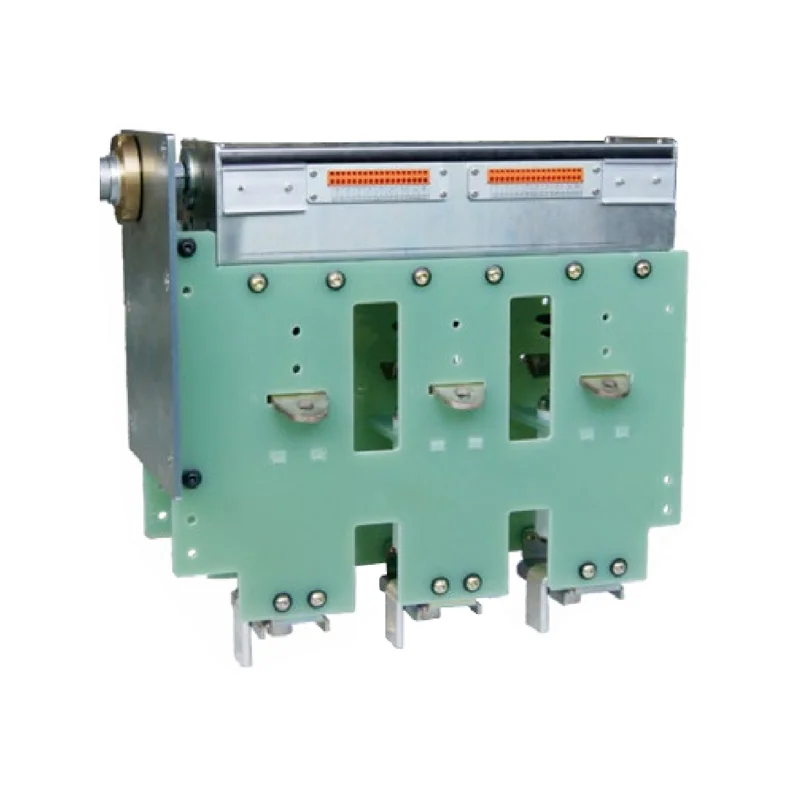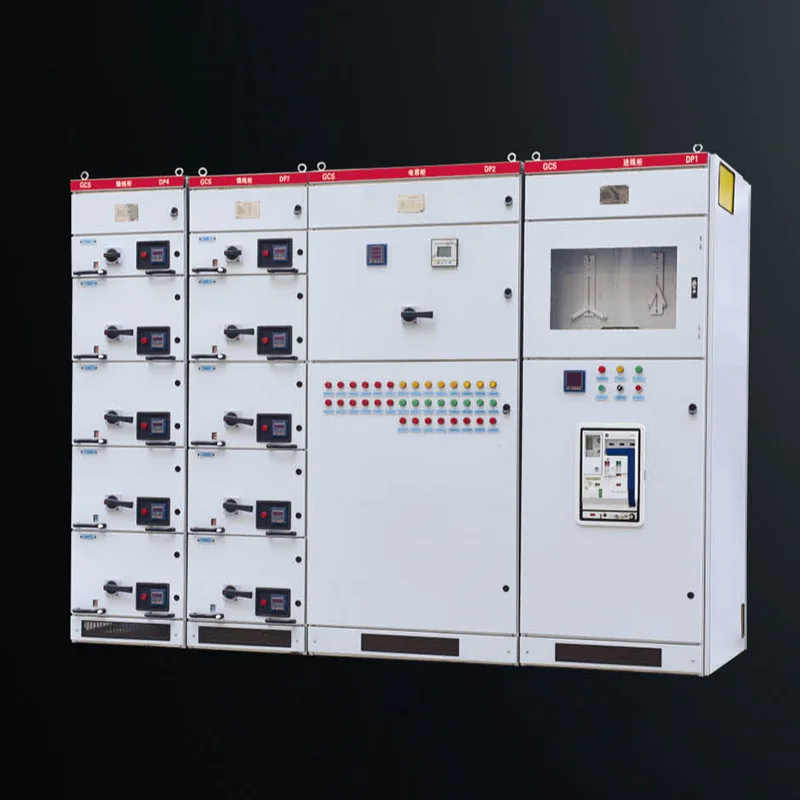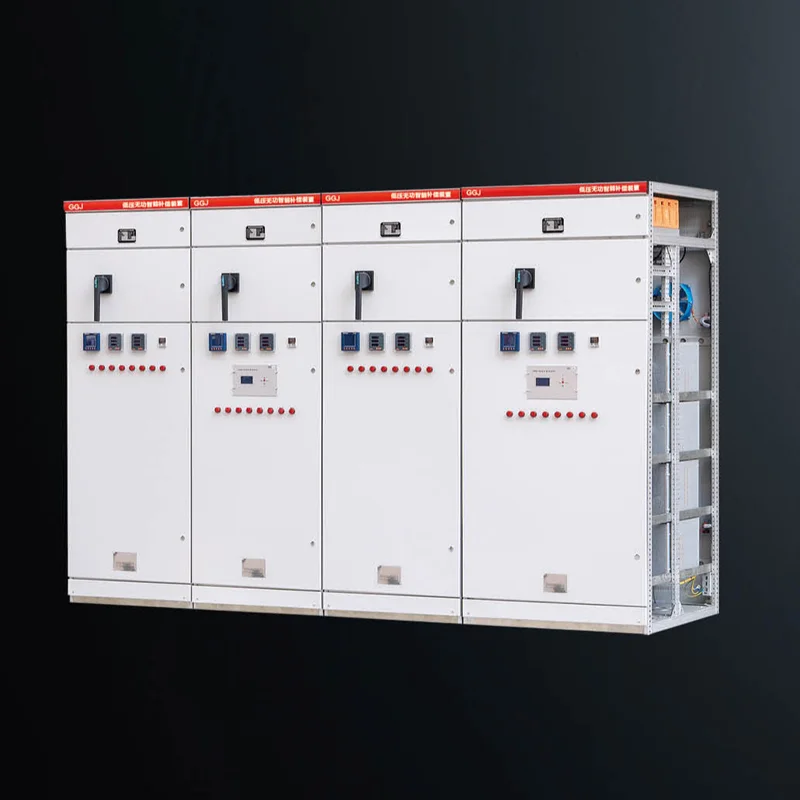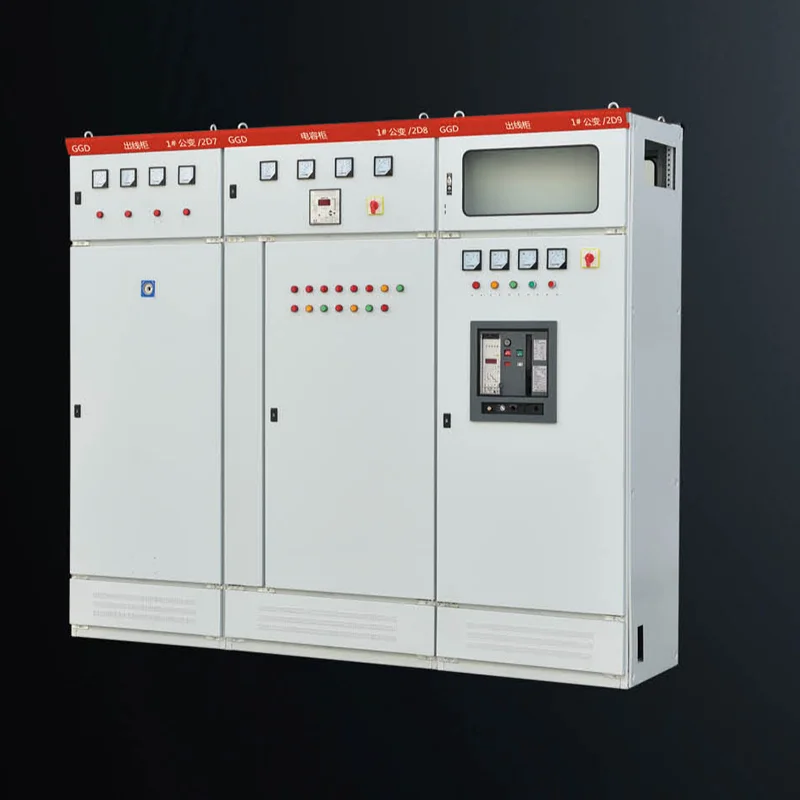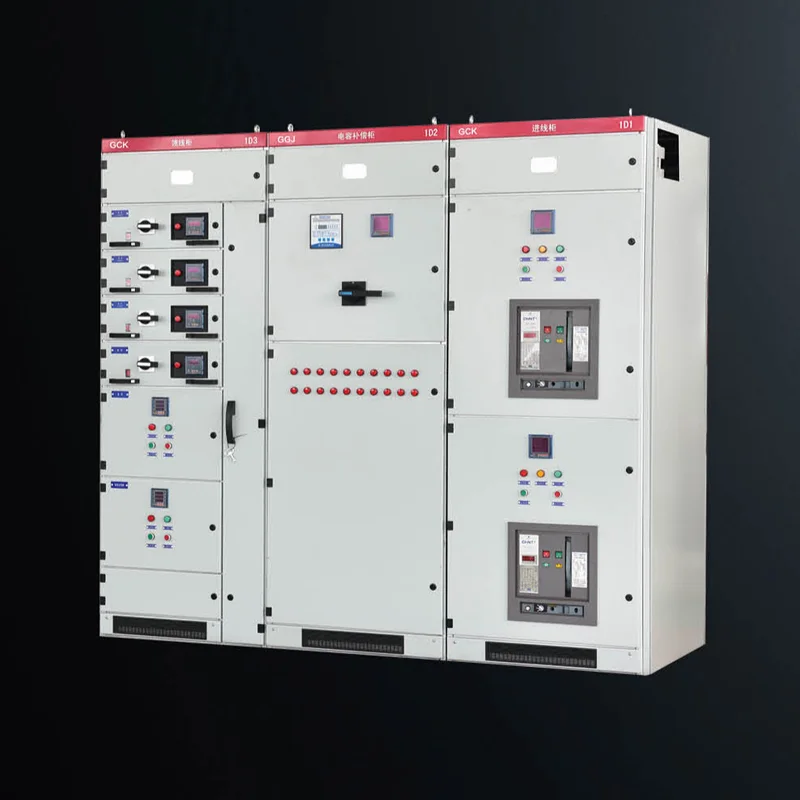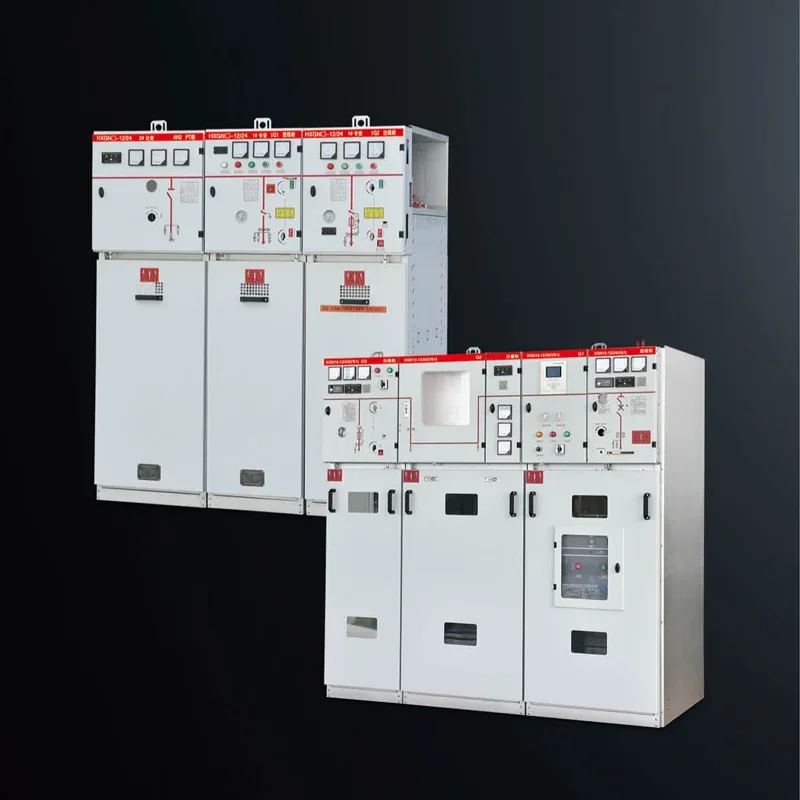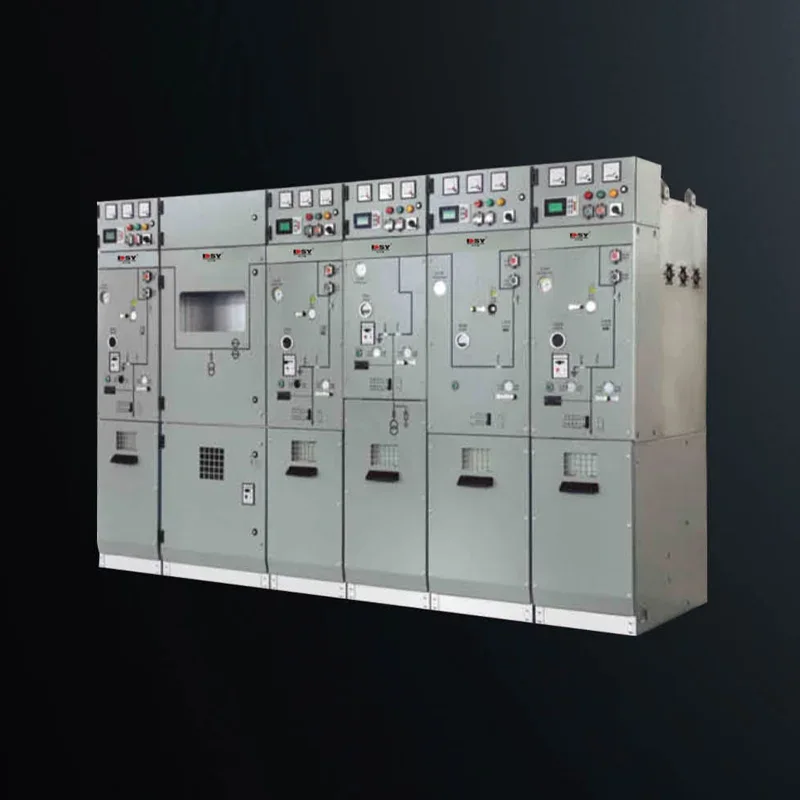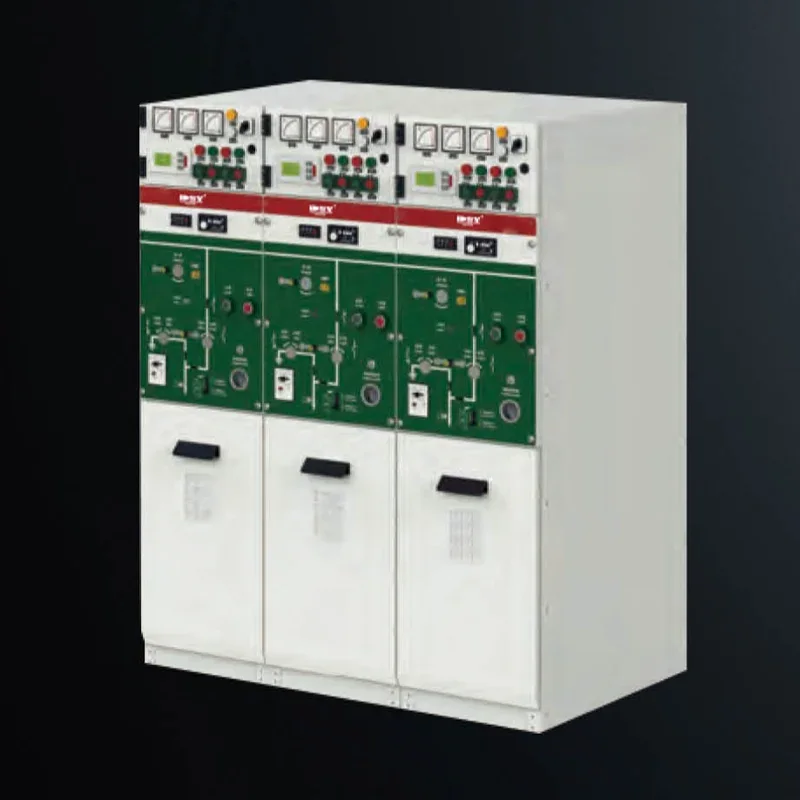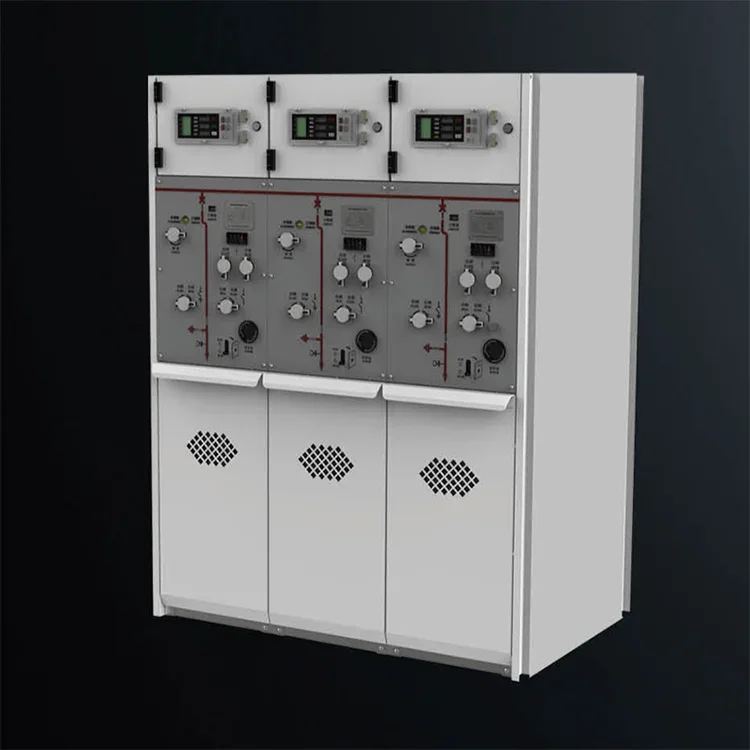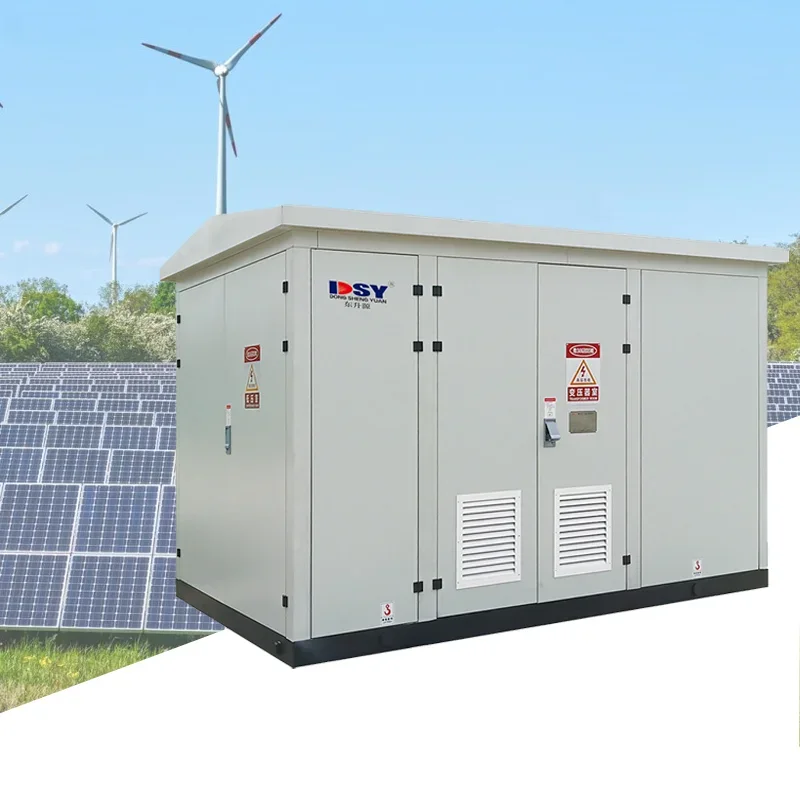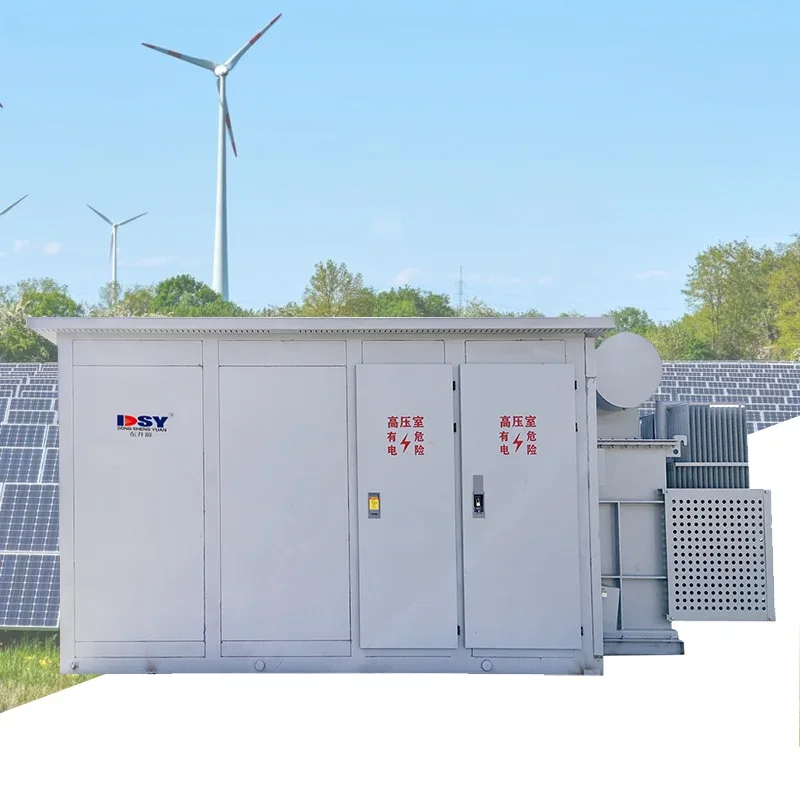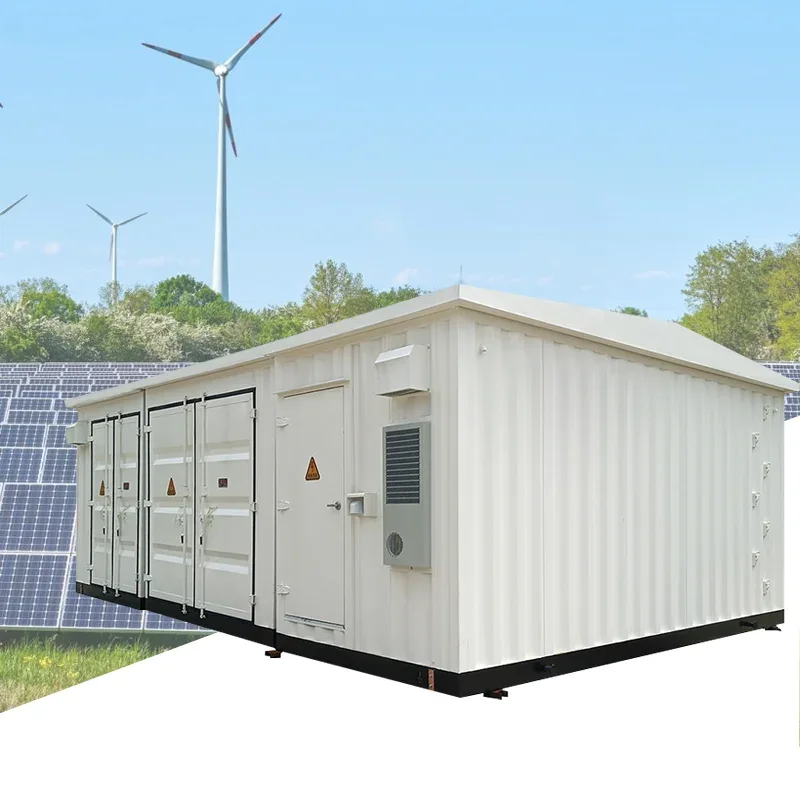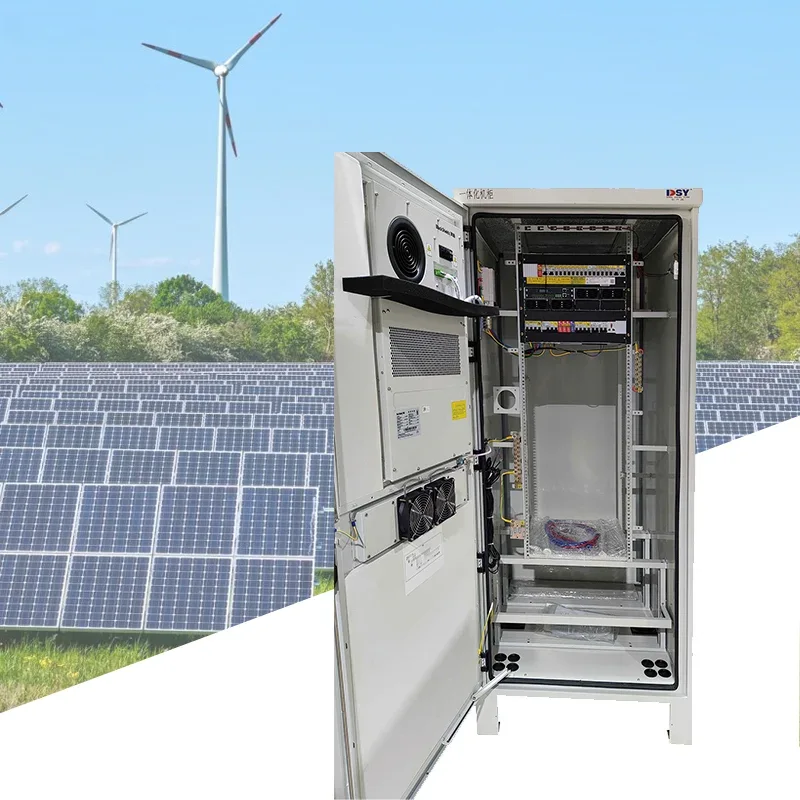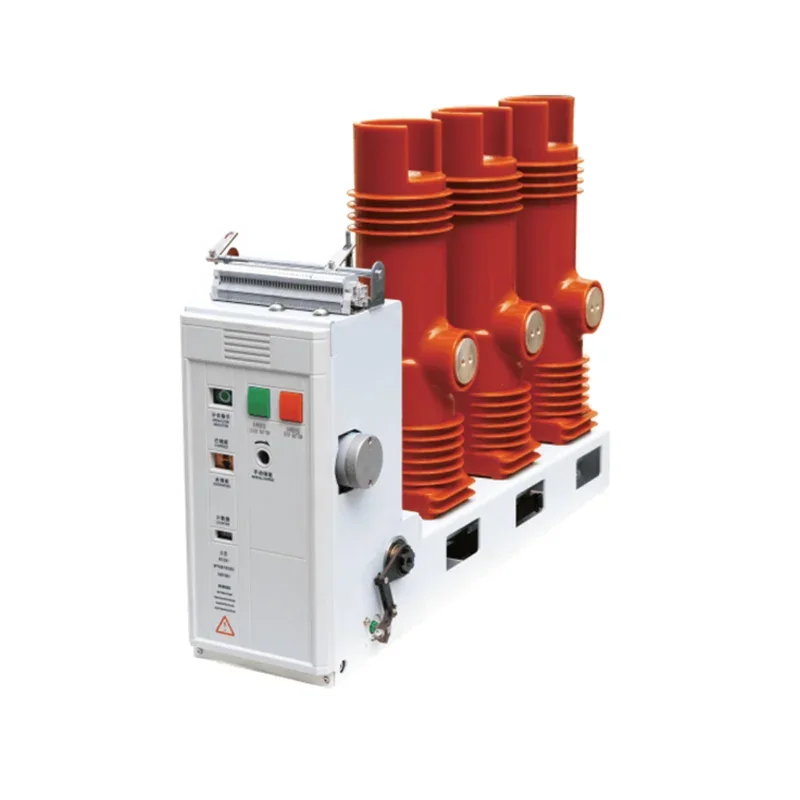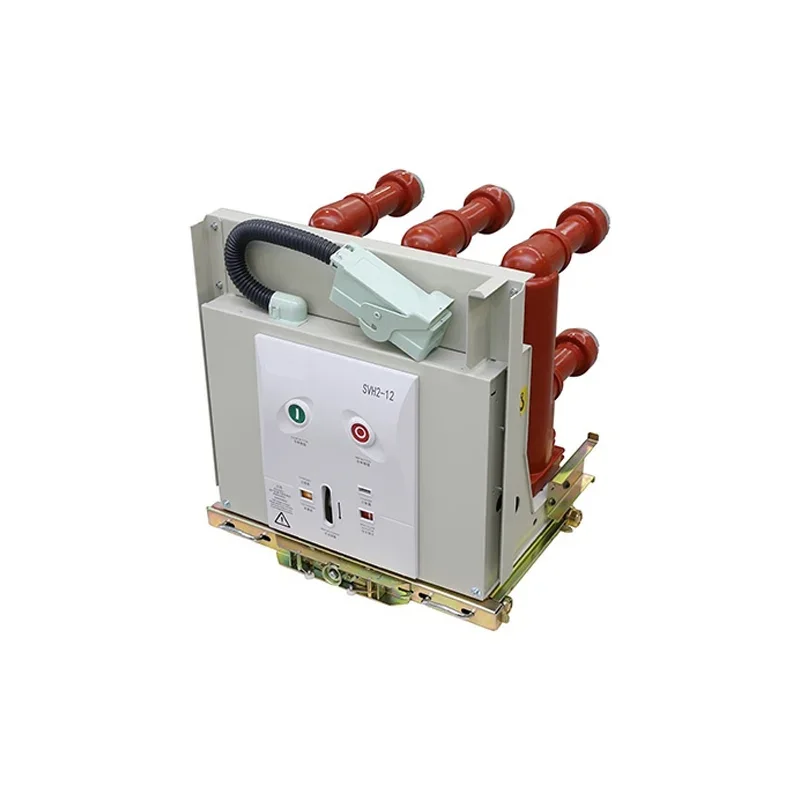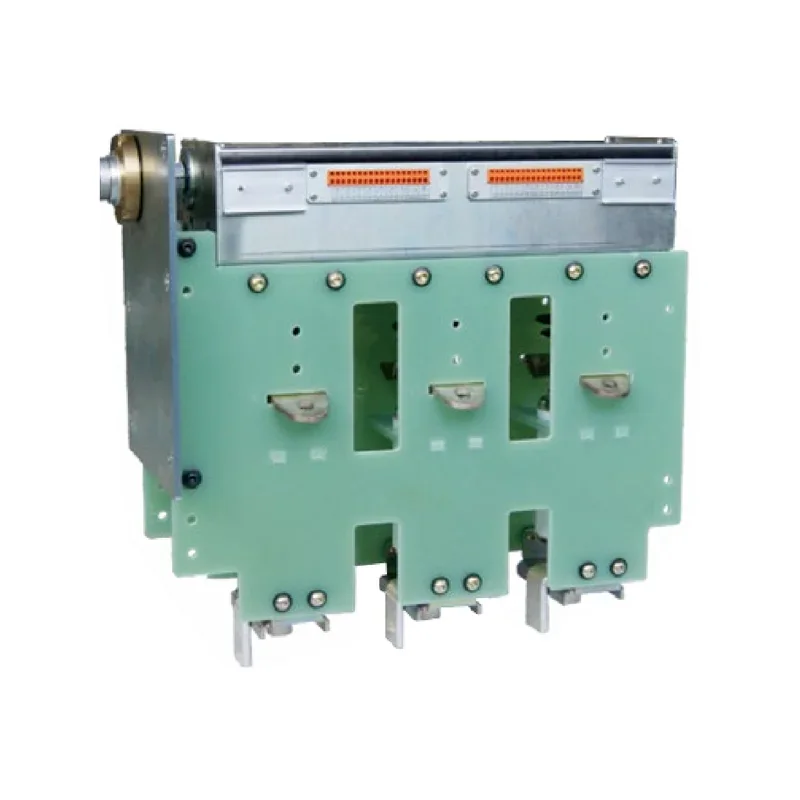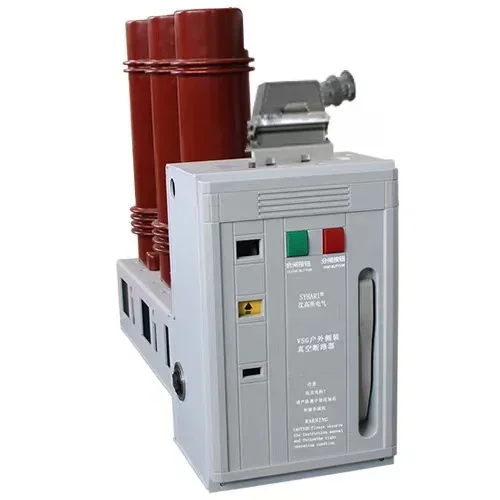15 kV Switchgear: Addressing Challenges in Electrical Infrastructure
15 kV Switchgear: Addressing Challenges in Electrical Infrastructure Table of Contents 1. Introduction to 15 kV Switchgear 2. Importance of 15 kV Switchgear in Electrical Systems 3. Key Challenges in Electrical Infrastructure 4. Design Considerations for 15 kV Switchgear 5. Technological Advancements in Switchgear 6. Enhancing Reliability and Safety in Switchgear Operation
Jul 25,2025
15 kV Switchgear: Addressing Challenges in Electrical Infrastructure
Table of Contents
- 1. Introduction to 15 kV Switchgear
- 2. Importance of 15 kV Switchgear in Electrical Systems
- 3. Key Challenges in Electrical Infrastructure
- 4. Design Considerations for 15 kV Switchgear
- 5. Technological Advancements in Switchgear
- 6. Enhancing Reliability and Safety in Switchgear Operations
- 7. Maintenance Strategies for 15 kV Switchgear
- 8. Future Trends in 15 kV Switchgear Technology
- 9. Conclusion
- 10. Frequently Asked Questions (FAQs)
1. Introduction to 15 kV Switchgear
The **15 kV switchgear** plays a pivotal role in ensuring the smooth and efficient operation of electrical distribution systems. It serves as the interface between the electrical supply and the users, providing control, protection, and isolation for electrical equipment. This article delves into the challenges faced in electrical infrastructure and how 15 kV switchgear addresses these issues effectively.
2. Importance of 15 kV Switchgear in Electrical Systems
The significance of **15 kV switchgear** cannot be overstated. It is vital for the following reasons:
2.1 Power Distribution
Power distribution systems rely on switchgear for maintaining the flow of electricity across various sectors. This equipment ensures that power is delivered reliably to residential, commercial, and industrial users.
2.2 Safety Mechanisms
Switchgear is equipped with safety mechanisms that protect electrical equipment and personnel from faults and overloads. This is crucial in preventing accidents and minimizing damage to infrastructure.
2.3 Enhanced Control
Modern switchgear includes advanced control features. These allow operators to monitor and manage the electrical network more efficiently, leading to optimized performance.
3. Key Challenges in Electrical Infrastructure
Despite its importance, the electrical infrastructure faces several challenges:
3.1 Aging Infrastructure
Many existing switchgear installations are outdated, leading to inefficiencies and increased risks of failure. Upgrading to more reliable 15 kV switchgear can mitigate these issues.
3.2 Growing Demand for Energy
With the increasing demand for energy, especially in urban areas, switchgear must be capable of handling larger loads without compromising safety or performance.
3.3 Integration of Renewable Sources
The integration of renewable energy sources requires adaptable switchgear that can handle variable power inputs while ensuring stability and reliability in the grid.
4. Design Considerations for 15 kV Switchgear
When designing 15 kV switchgear, several factors need to be taken into account:
4.1 Electrical Specifications
The switchgear must meet specific electrical standards, including voltage ratings, current ratings, and fault current levels to ensure compatibility with the network.
4.2 Environmental Factors
Switchgear should be designed to withstand various environmental conditions, such as humidity, temperature extremes, and exposure to dust or corrosive elements.
4.3 Space Constraints
Design considerations should also account for the physical space available for installation, ensuring that the switchgear fits within the designated area without compromising functionality.
5. Technological Advancements in Switchgear
The landscape of switchgear technology is rapidly evolving. Key advancements include:
5.1 Smart Switchgear
Smart switchgear incorporates IoT technology, enabling real-time monitoring and control over the network. This enhances operational efficiency and responsiveness to changing conditions.
5.2 Compact Designs
Modern switchgear designs prioritize compactness, allowing for easier installation in space-constrained environments without sacrificing performance.
5.3 Enhanced Protection Features
Recent developments include advanced protection features, such as digital relays and automation systems, which improve the reliability and safety of electrical networks.
6. Enhancing Reliability and Safety in Switchgear Operations
To ensure the reliability and safety of 15 kV switchgear, several strategies can be implemented:
6.1 Regular Inspections
Conducting routine inspections can help identify potential issues before they escalate, ensuring that switchgear operates efficiently.
6.2 Training Personnel
Operators should be thoroughly trained in the operation and maintenance of switchgear systems, enabling them to respond effectively to any situation.
6.3 Implementing Redundancy
In critical applications, implementing redundancy in switchgear setups can provide backup systems that enhance reliability and prevent outages.
7. Maintenance Strategies for 15 kV Switchgear
Effective maintenance is crucial for the longevity and performance of switchgear. Consider the following strategies:
7.1 Predictive Maintenance
Utilizing predictive maintenance techniques, such as thermal imaging and vibration analysis, can help anticipate failures and schedule maintenance proactively.
7.2 Scheduled Maintenance
Establishing a regular maintenance schedule ensures that all components of the switchgear are inspected and serviced, minimizing the risk of unexpected failures.
7.3 Documentation and Monitoring
Keeping detailed records of maintenance activities and performance metrics allows for better decision-making regarding upgrades and replacements.
8. Future Trends in 15 kV Switchgear Technology
The future of 15 kV switchgear looks promising, with several trends shaping its evolution:
8.1 Integration of AI and Machine Learning
Artificial intelligence and machine learning will play a significant role in enhancing the operational efficiency of switchgear, making it smarter and more responsive to real-time data.
8.2 Sustainability Initiatives
As the industry shifts towards sustainability, future switchgear designs will likely focus on environmentally friendly materials and energy-efficient technologies.
8.3 Enhanced Cybersecurity
With the rise of smart grid technologies, ensuring robust cybersecurity measures for switchgear systems will become increasingly critical to protect against cyber threats.
9. Conclusion
Addressing the challenges in electrical infrastructure is vital to ensure the reliability and safety of power distribution systems. The **15 kV switchgear** stands as a crucial component in this landscape, providing the necessary controls and protections. By embracing technological advancements and implementing effective maintenance strategies, we can enhance the overall efficiency and resilience of electrical infrastructures.
10. Frequently Asked Questions (FAQs)
What is the role of 15 kV switchgear in electrical systems?
15 kV switchgear manages the distribution of electrical power, providing control, protection, and isolation for electrical equipment.
What are the common challenges faced by electrical infrastructure?
The main challenges include aging infrastructure, increasing energy demand, and the integration of renewable energy sources.
How can I enhance the reliability of my switchgear?
Regular inspections, personnel training, and implementing redundancy can significantly enhance switchgear reliability.
What maintenance strategies are recommended for 15 kV switchgear?
Predictive maintenance, scheduled maintenance, and detailed documentation are key strategies for effective switchgear upkeep.
What future trends should we expect in switchgear technology?
Future trends include the integration of AI, sustainability initiatives, and enhanced cybersecurity measures.
PREVIOUS:
Related News
From June 5th to 8th, 2025, Shenzhen Dongshengyuan Electrical Equipment Co., Ltd. (hereinafter referred to as "Dongshengyuan Electric") participated in the Southeast Asia Electricity and Energy Exhibition (SEAPAE) held in Jakarta, Indonesia. During the exhibition, the company highlighted its three core product lines: high-voltage and low-voltage distribution switchgear, intelligent circuit breakers, and environmentally friendly load switches. These products are designed to provide targeted solutions for the high temperature and high humidity environments commonly found in Southeast Asia, as well as the growing demand for new energy access. They have successfully attracted over 200 industry customers for business negotiations.
The difference between circuit breakers and vacuum circuit breakers
Circuit breaker is an abbreviation for pole type circuit breaker. Circuit breakers are also vacuum circuit breakers

